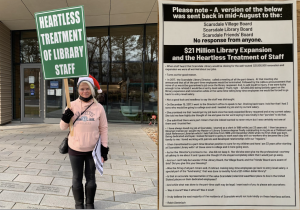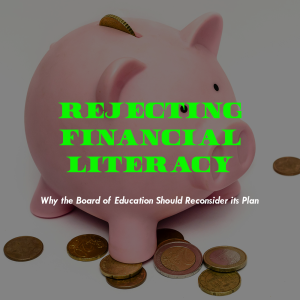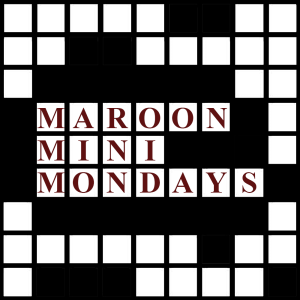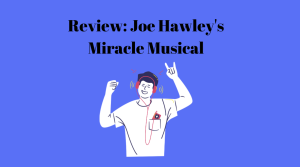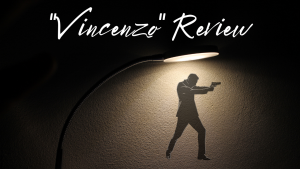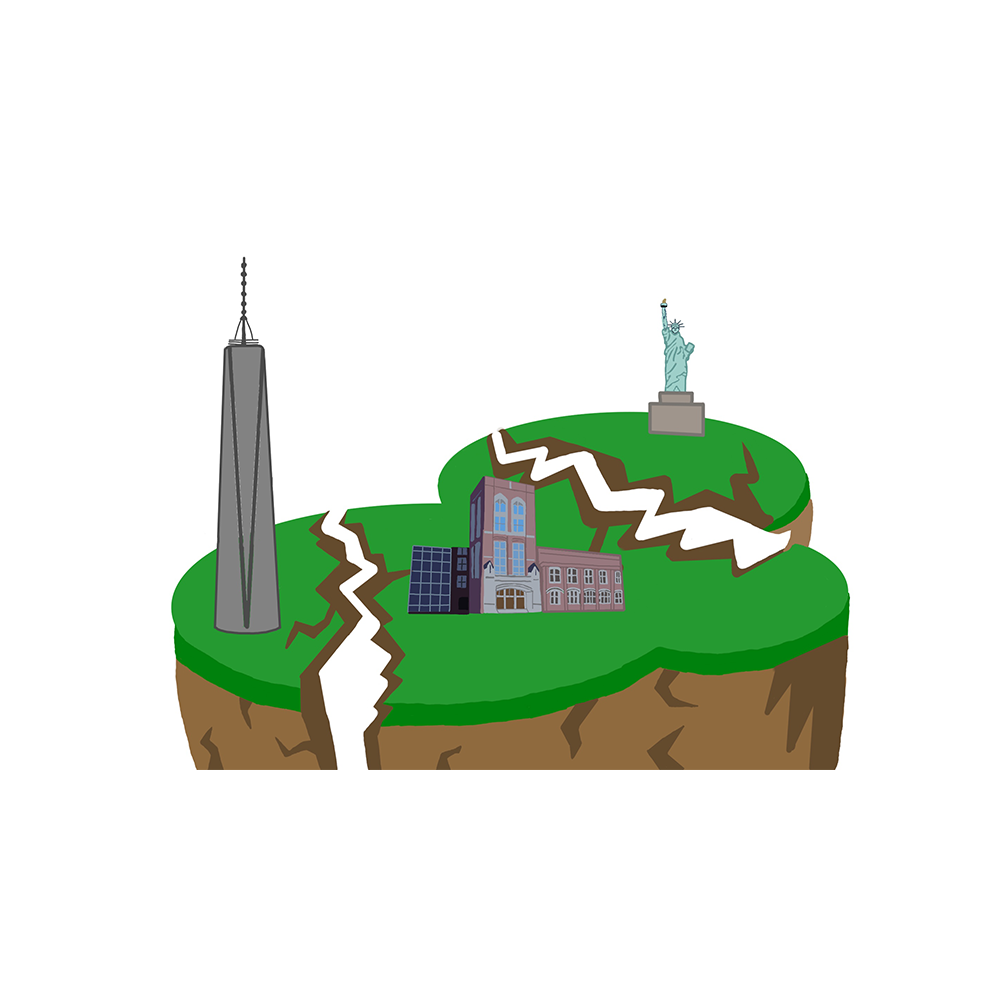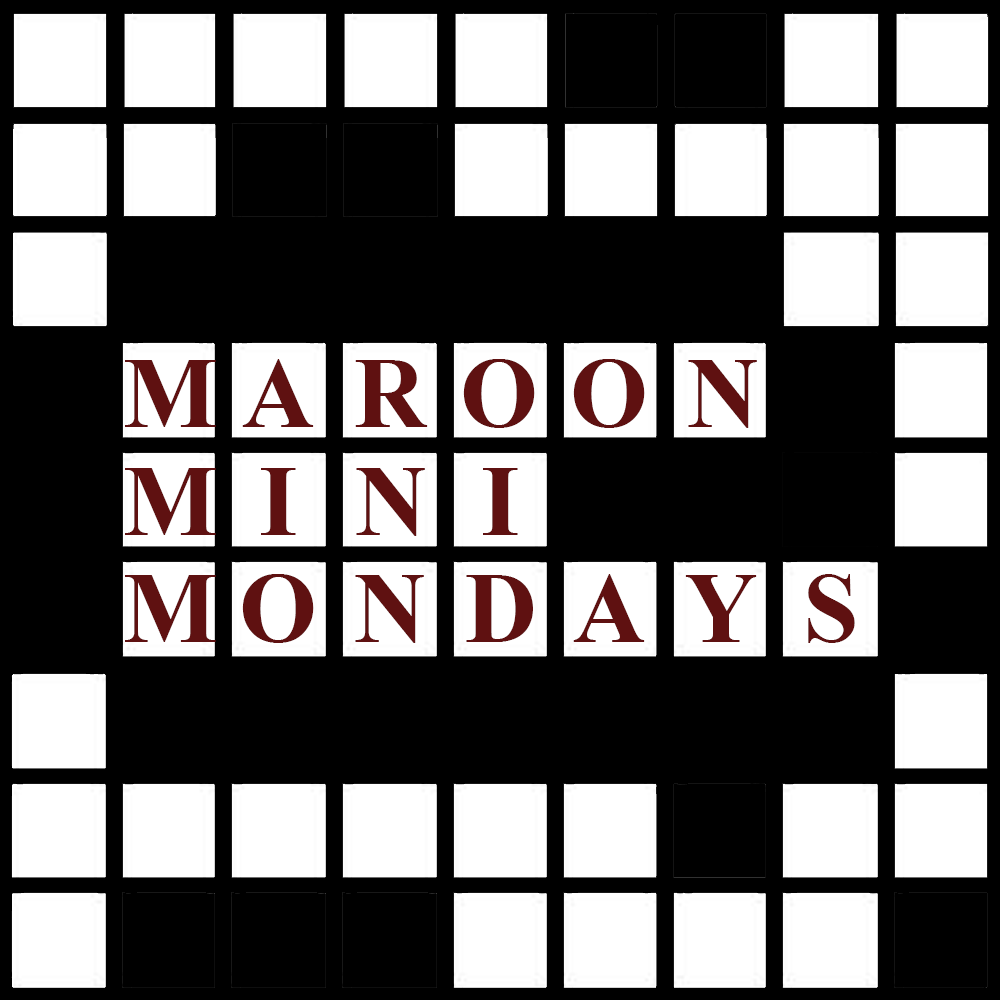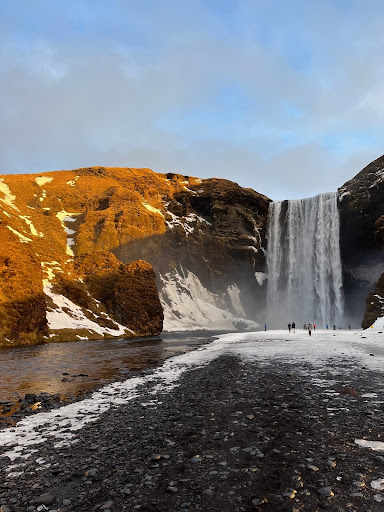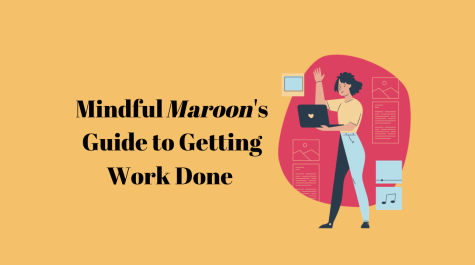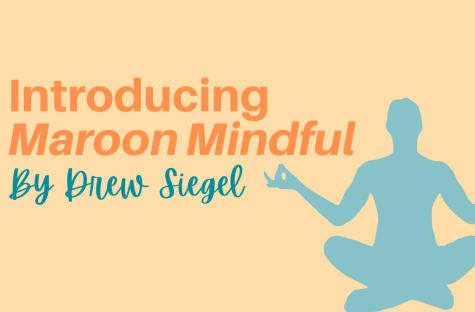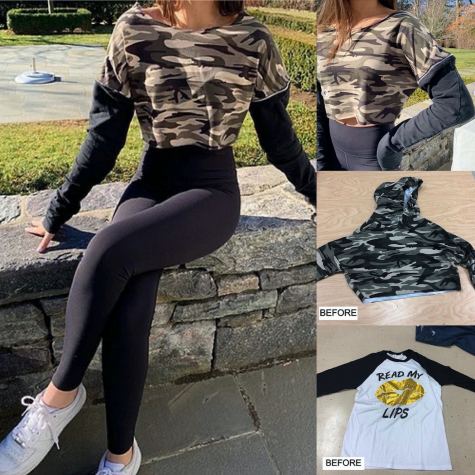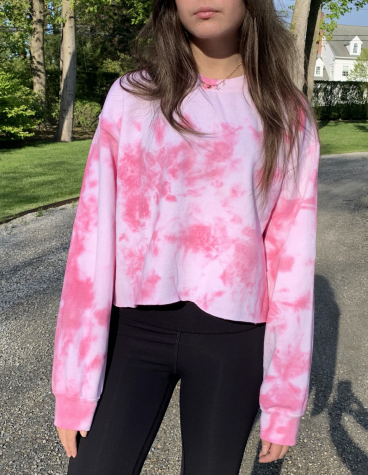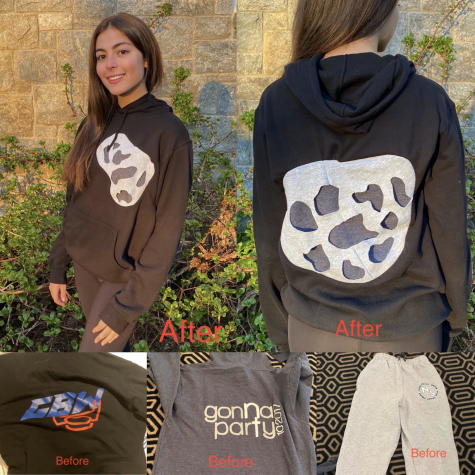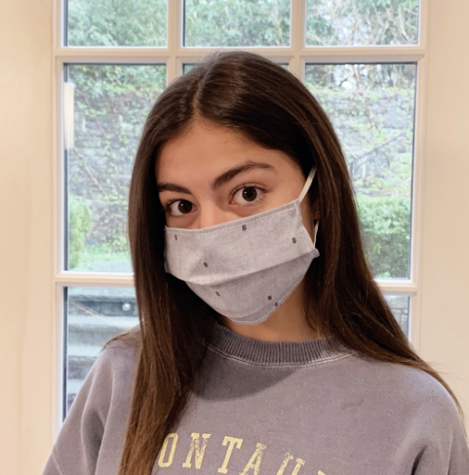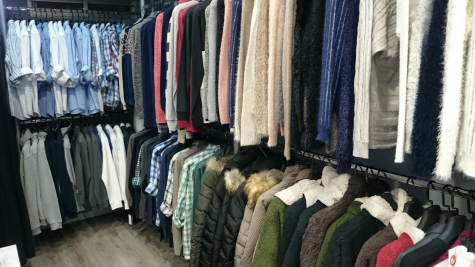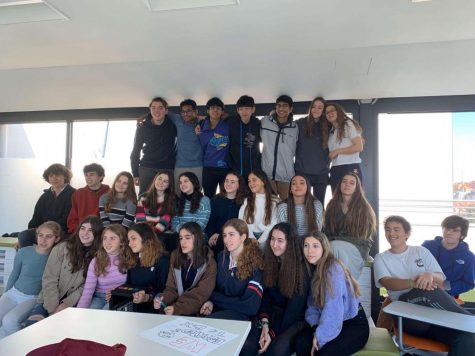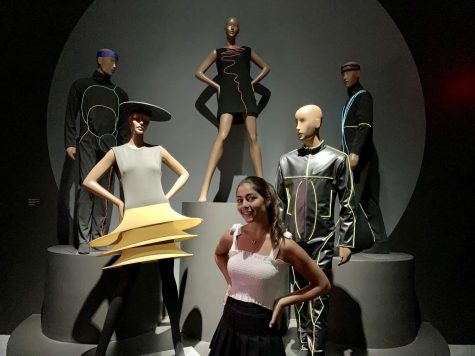The Effect of Coronavirus on Fashion Sustainability
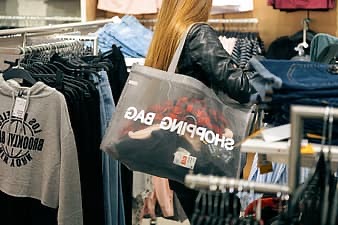
Post COVID, consumers are anticipated to behave with a newly sustainable mindset.
June 22, 2020
Stay-at-home orders have given us time to self reflect and reassess what’s truly important – including family, basic needs of wholesome food and exercise, and the connection with others. Many of us took a break from our excessive and rapid daily consumption which, in hindsight, now seems greedy and excessive. Due to the spike in unemployment and the economic shock to personal finances, people may begin to rethink what really matters which will influence what we do, how we spend time, what we buy and where. There will be anticipated new sobriety about needs versus wants. To make more accurate predictions about consumer’s mindsets and shopping behaviors post-pandemic, it’s helpful to take a look at historical references.
During the Great Depression, people recycled trends and re-wore the previous year’s clothing due to limited income and the fact that they didn’t want to flaunt their wealth. The current pandemic’s uncertain atmosphere has undoubtedly diminished consumerism which has resulted in an overflow of inventory. Because of the abundance of unsold goods, we will see trends being recycled from last year and more flexibility with what people wear. It won’t matter as much to be “on trend”, leading people to behave more sustainably. This will lead to a slow in trend cycles, with people buying fewer things but of better quality; versatile items will be in demand, not only for comfort but also for financial reasons.
During WWII – people became more resourceful due a lack of finances and scarcity of goods. Because clothing was rationed, and materials like wool or silk were needed for uniforms and for the war effort, people got creative with what they wore, and there was an emergence of DIY home sewing projects. For example, people used flour and seed sacks to make dresses and clothing for their families, resulting in beautiful designs being printed on these sacks. Similarly, the current economic uncertainty and unemployment, along with an abundance of time spent at home, has led to an increase in DIY projects such as tie-dying loungewear and sewing masks at home (see my previous blog posts on “how- tos”!). We may see an uptake in people sharing, altering, and creating their own clothes. The pandemic will force us to realign our goals and aim for a more sustainable means of production and consumption.
During the recession of 2008, there was a return to nature-based activities. According to the Outdoor Industries Association, “participation in backpacking, mountain biking and trail running showed double-digit increases in 2008”. Wardrobes became more casual and women did away with ornate detailing, only for these trends to return in recent years. As people have self-isolated these past few months, consumers have a newfound appreciation for nature and exercise, highlighting the importance of outdoor apparel and loungewear. The demand for loungewear continues to rise as working from home becomes the new normal for many employees. Post-virus, consumers will seek out brands that they align with morally more than ever before, with an emphasis placed on eco-friendly loungewear and other products. Hopefully, this will place issues around the environment top of mind for customers and further propel retailers’ sustainability efforts.
The apparel industry accounts for 8% to 10% of the world’s greenhouse gas emissions. As the coronavirus took effect and people were forced to stay inside, clear skies started to appear above the regions impacted the most. As factories shuttered in China at the start of the year, emissions fell by nearly 25%. Post COVID, people will become more sensitive to climate change and the effects of fast fashion and will perhaps purchase garments that are of higher quality and have more longevity (slow fashion goods). Even after the whole pandemic episode is over, let’s learn from the past and continue to strive in the direction of helping the environment by applying the art of slow-living in all aspects of our lives, especially when it comes to fashion and consumerism. Making mindful fashion choices post COVID-19 is no longer just an option, it’s the only way forward if we want to preserve our environment and live a better life.


